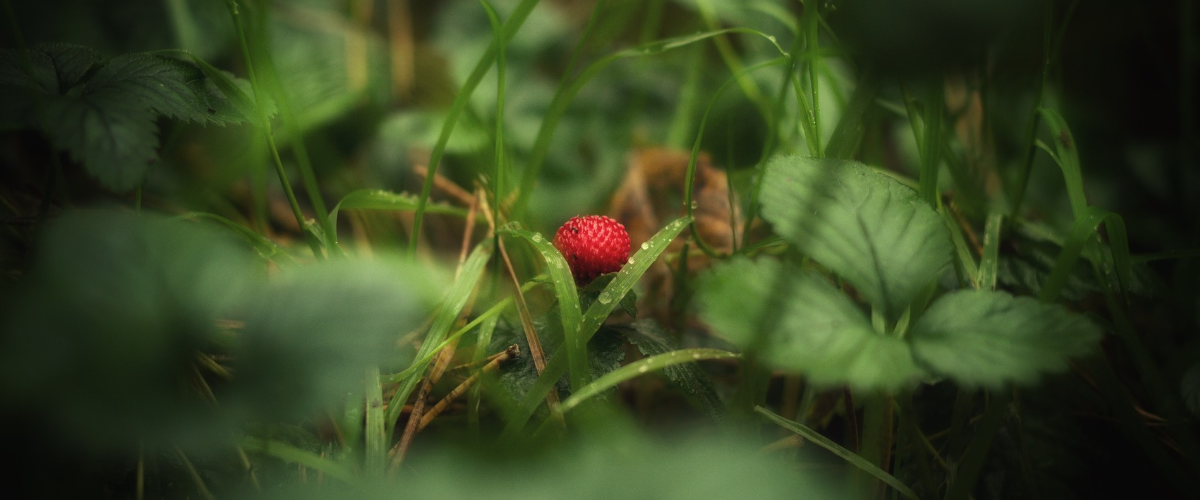We need food to live. And in a survival scenario, we need to eat whatever we can to keep going. But what IS safe to eat? Even if you don’t know, don’t worry, there’s a way to find out safely.
Let’s say you’re lost in the wilderness. You don’t know how long you’ll be lost out here and you only have a few days of food. There are no ponds or streams to fish in, either. There is, however, this plant you see all over the place. But you don’t know if It’s safe to eat. In order to find out, you follow these steps:
- Break the Plant Up
- Rub the Plant on Yourself
- Cook the Plant (if possible)
- Smooch the Plant
- Taste the Plant
- Eat SOME of the Plant
By the time you’re done, you should know if the plant is safe to eat. Let’s break each step down into detail
Break the Plant Up
Every plant has, at most, 6 components to it: roots, stem, leaves, flowers, fruits, seeds. Some of these parts might be edible, while others are not. Gather a fair amount of the plant you want to test and separate them by these components. If you can do so, wash each part with water to remove germs, dirt, and other particulates
Rub the Plant on Yourself
Before you go putting the plant inside you, you should know how it reacts outside of you. Take a component of the plant and rub it somewhere inconsequential, like the arm or wrist. Once applied, wait a few minutes and check for a reaction. If it causes any, like numbness, itchiness, a rash, etc, then discard that component and mark it down as inedible. Repeat this process with each plant component.
Cook the Plant
Many plant parts are only edible after being cooked. Even if they are, cooking plants makes them easier to digest. If you have the resourced to do so, boil the component you’re testing (do not combine the components in the same pot while boiling) to cook them. You can try roasting them over a fire as well, but this may take longer and leaves the risk of accidentally burning them. Once thoroughly cooked, move on to the next step.
Smooch the Plant
Ok, that may be a bit of a silly way to describe it. What we mean is to take the plant component and hold it to your lips for a few minutes. Like with the skin in step 2, this helps us sense for a negative reaction. Your lips will be more sensitive and salivated, giving a more realistic environmental reaction. If after 15 minutes, you feel a negative reaction of any kind, dispose of the component and mark it as inedible. Repeat for the remaining components.
Taste the Plant
Without swallowing, take a small bit of the plant component and chew on it. Taste it. If the flavor is extremely bitter or has a soapy flavor, these are signs of inedibility and they should be disposed of. While this isn’t a foolproof step, it’s better to be safe than sorry.
Eat SOME of the Plant
This is the longest, and most important step. If it passes the taste test, then swallow the small bite you took. Do not chew or consume more. Wait about 8 hours after eating the small bite and keep an eye out for any negative reactions. If nothing, then take another small bite and wait another 8 hours.
If after both 8 hour waits, you still feel fine, then good news! You likely found an edible component of that plant. Now just hope it’s nutritious enough to sustain you until your escape/rescue.
It’s worth noting one tremendously easy way to avoid all this trouble. Whenever taking a trip somewhere with the potential to be lost in the wilderness, get a book on all the local flora, stating which are and are not edible. Even if you don’t commit it to memory, access to it will save you a ton of energy and time when foraging for food.
Good luck preppers, let’s hope you never need to use this method.

